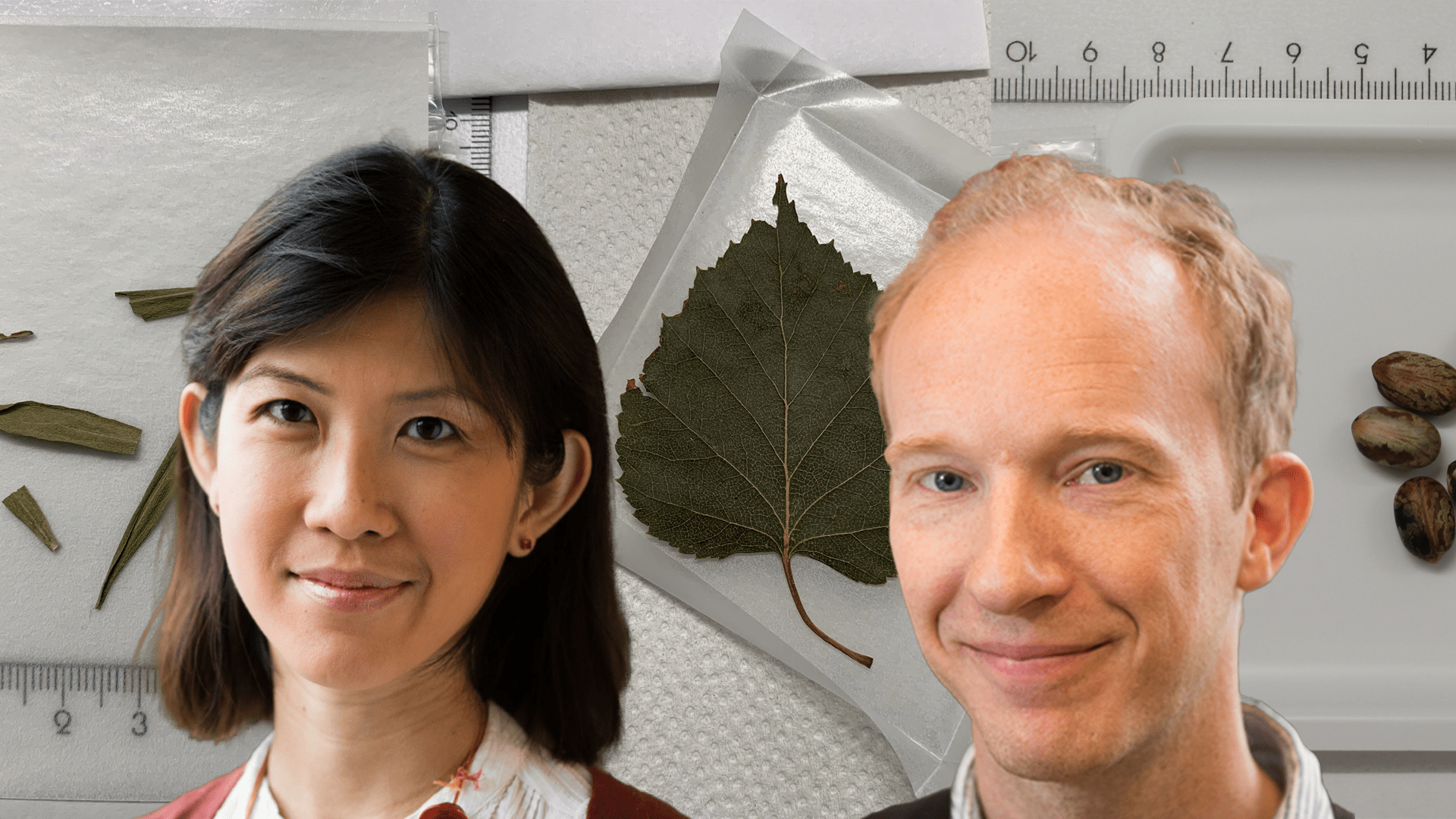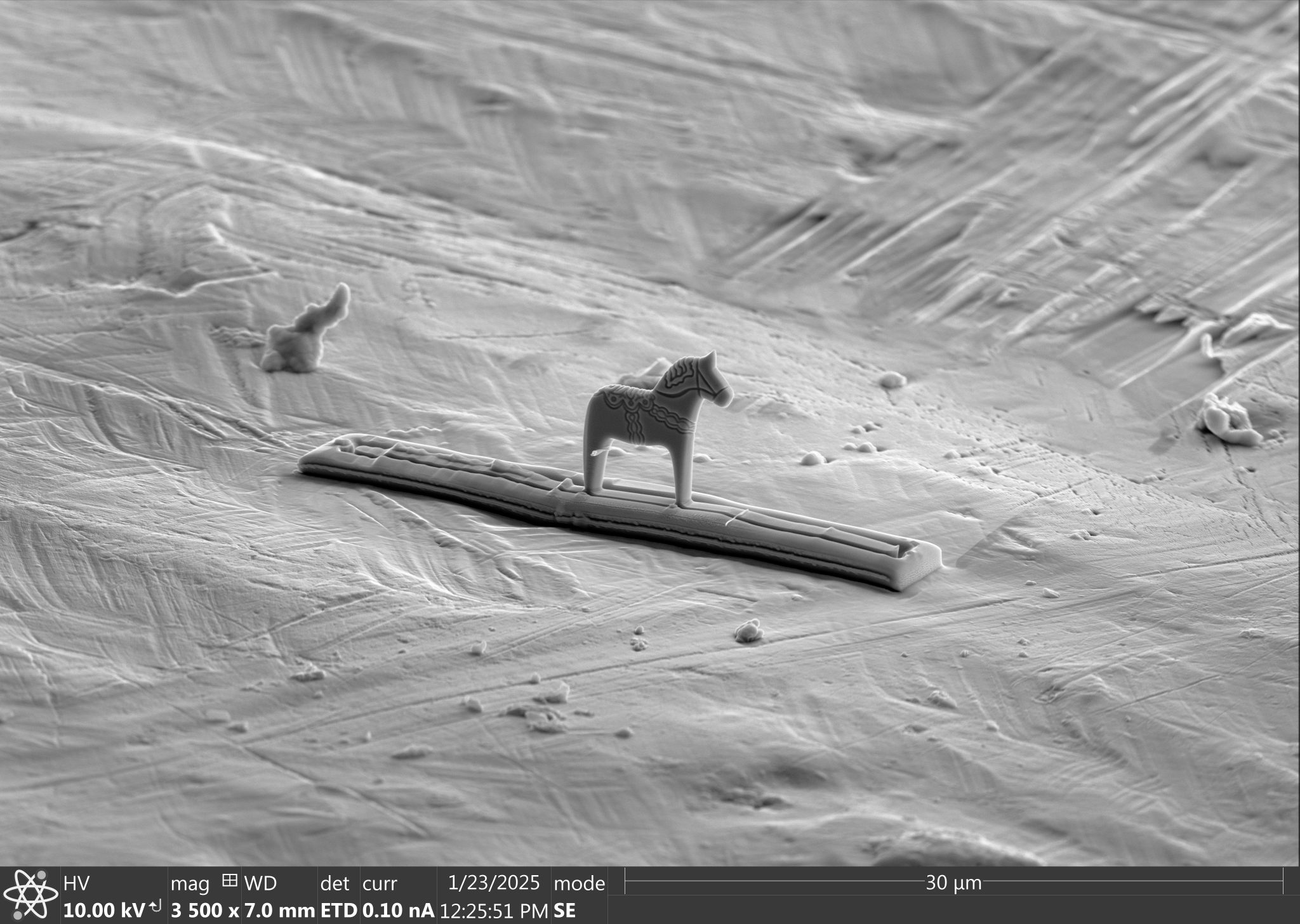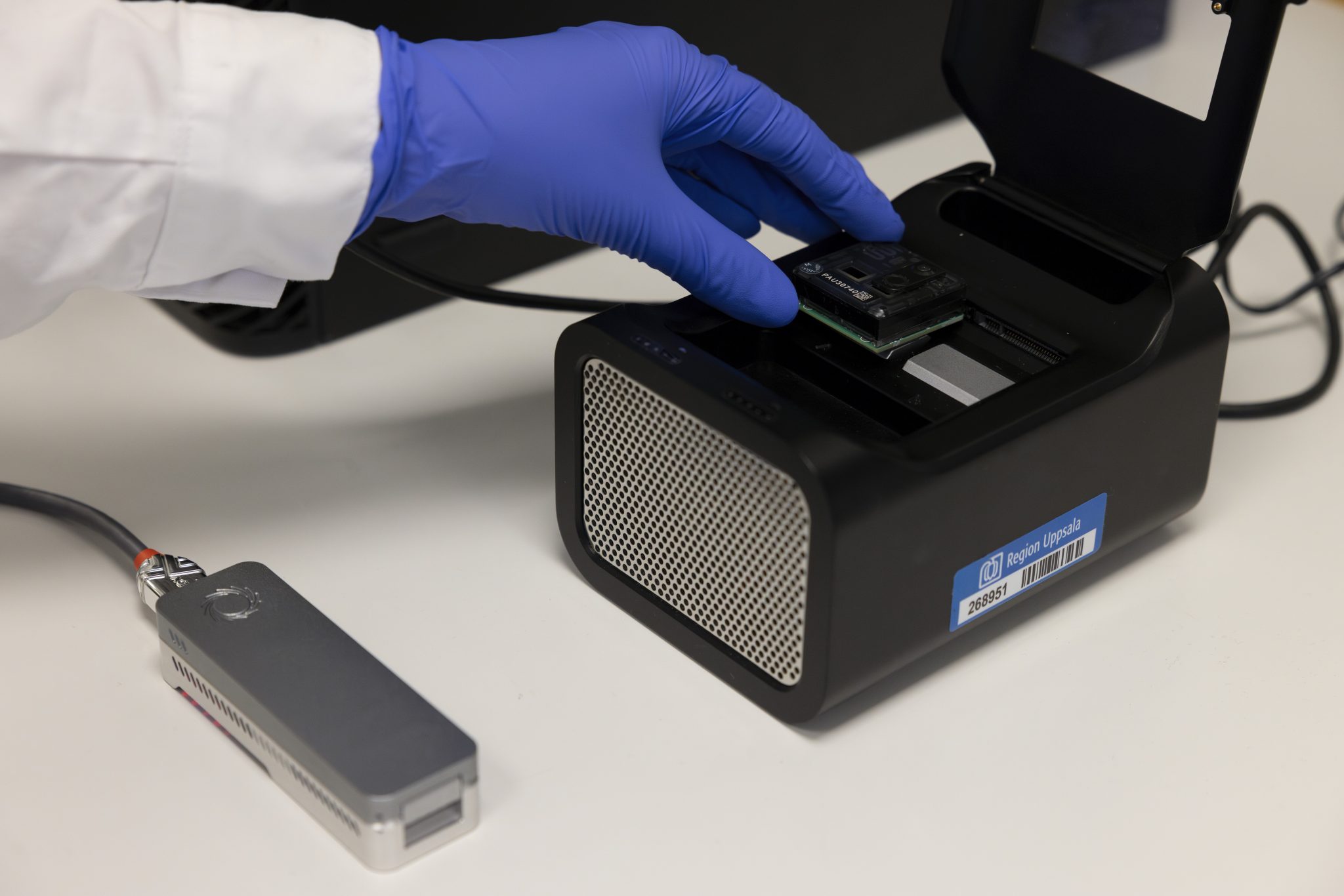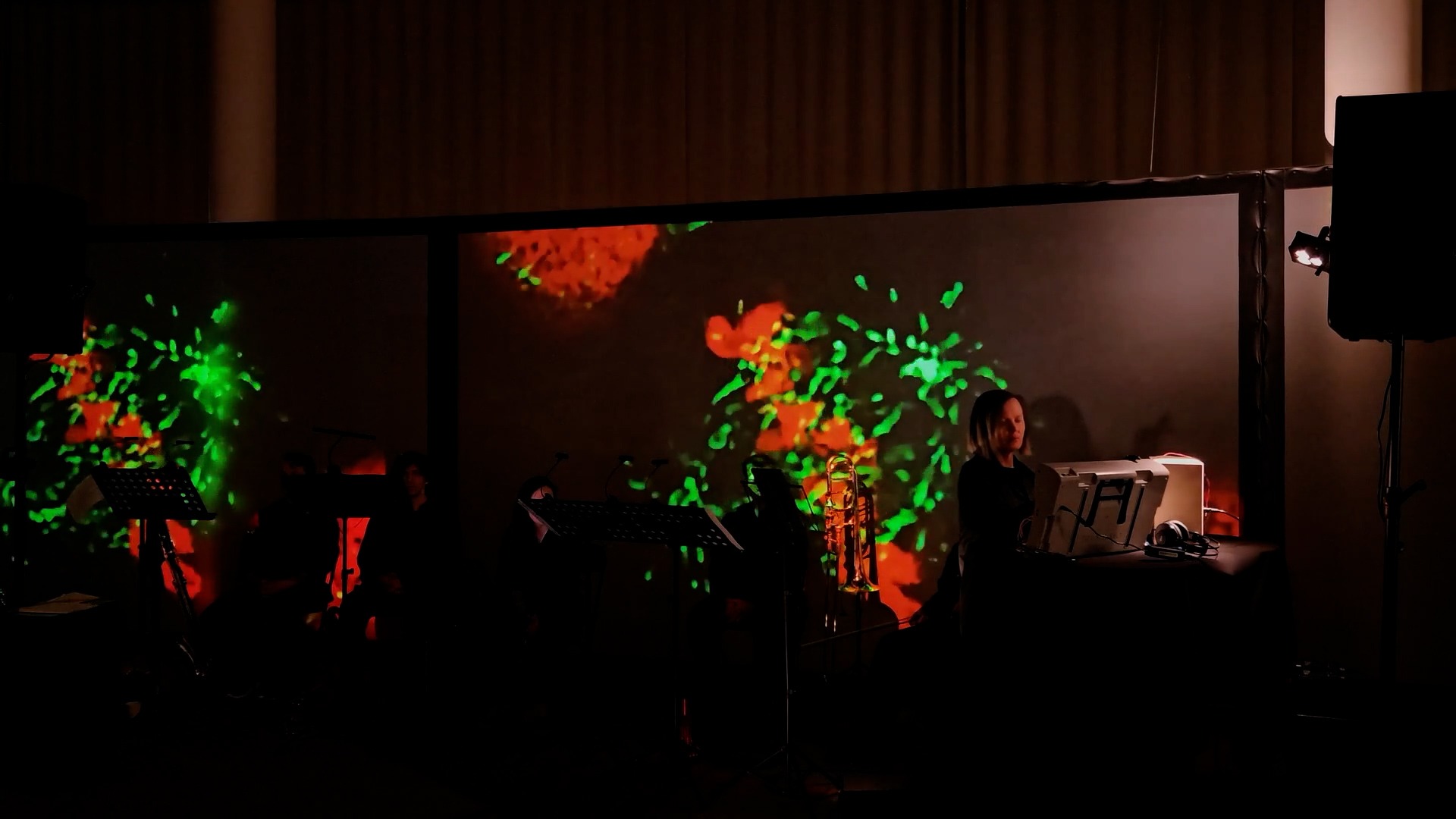SciLifeLab´s Ancient DNA Unit: Unlocking the Secrets of Plant Evolution and Ecosystems with unique DNA Analysis tools
Extracting DNA from different plant tissues can be challenging due to inhibitory compounds, and is even harder for historical material due to DNA degradation and contamination with contemporary DNA. To address these challenges, the Ancient DNA unit of the Genomics platform at SciLifeLab was granted funding for a Technology Development Project (TDP) to establish analysis of plant DNA in ancient and herbarium samples. This unique service will benefit researchers from various fields, including archaeology, biology, and governmental agencies. The project uses specialized procedures, laboratories, and computational workflows to learn more about plants in the past. The availability of these services is rare internationally and is expected to attract substantial interest.
Analyzing DNA in plant material from archaeological sites, herbarium samples, and historical artifacts is a valuable tool for understanding taxonomy, evolution and ecosystems, and their change over time. This technique provides information on population genetics, pests, and pathogens and is especially important for studying extinct and rare species. DNA analysis can also shed light on past subsistence strategies, development of agriculture, migration routes, and trade networks. However, extracting DNA from different plant tissues can be challenging due to the presence of inhibitory compounds and potential contamination.
To address these challenges, the Ancient DNA unit of the Genomics platform at SciLifeLab was granted funding for a Technology Development Project (TDP) to establish analysis of ancient and herbarium plant DNA as a novel service to researchers, both nationally and internationally.
To analyze ancient or herbarium plant DNA, specialized procedures, laboratories, and computational workflows are required to minimize and detect contamination with contemporary DNA. The SciLifeLab Ancient DNA cleanroom and pre-PCR laboratories are used to prepare and extract ancient plant remains according to strict guidelines. Various extraction methods are evaluated, and DNA libraries are being prepared for sequencing using Illumina NovaSeq technology, also provided by SciLifeLab.
“Analyzing DNA from old plant material is actually problematic and requires special circumstances for two reasons. First, plants are often poorly preserved and breaks down easily, so it is really only when dehydrated or waterlogged that they can be preserved, otherwise they rot and disappear. Secondly, plants contain many chemicals and produce many substances as part of their life cycle and defense, and several such chemicals often affect the enzymes we use to prepare the DNA for sequencing.”, says Magnus Lundgren, head of the Ancient DNA Unit at SciLifeLab.
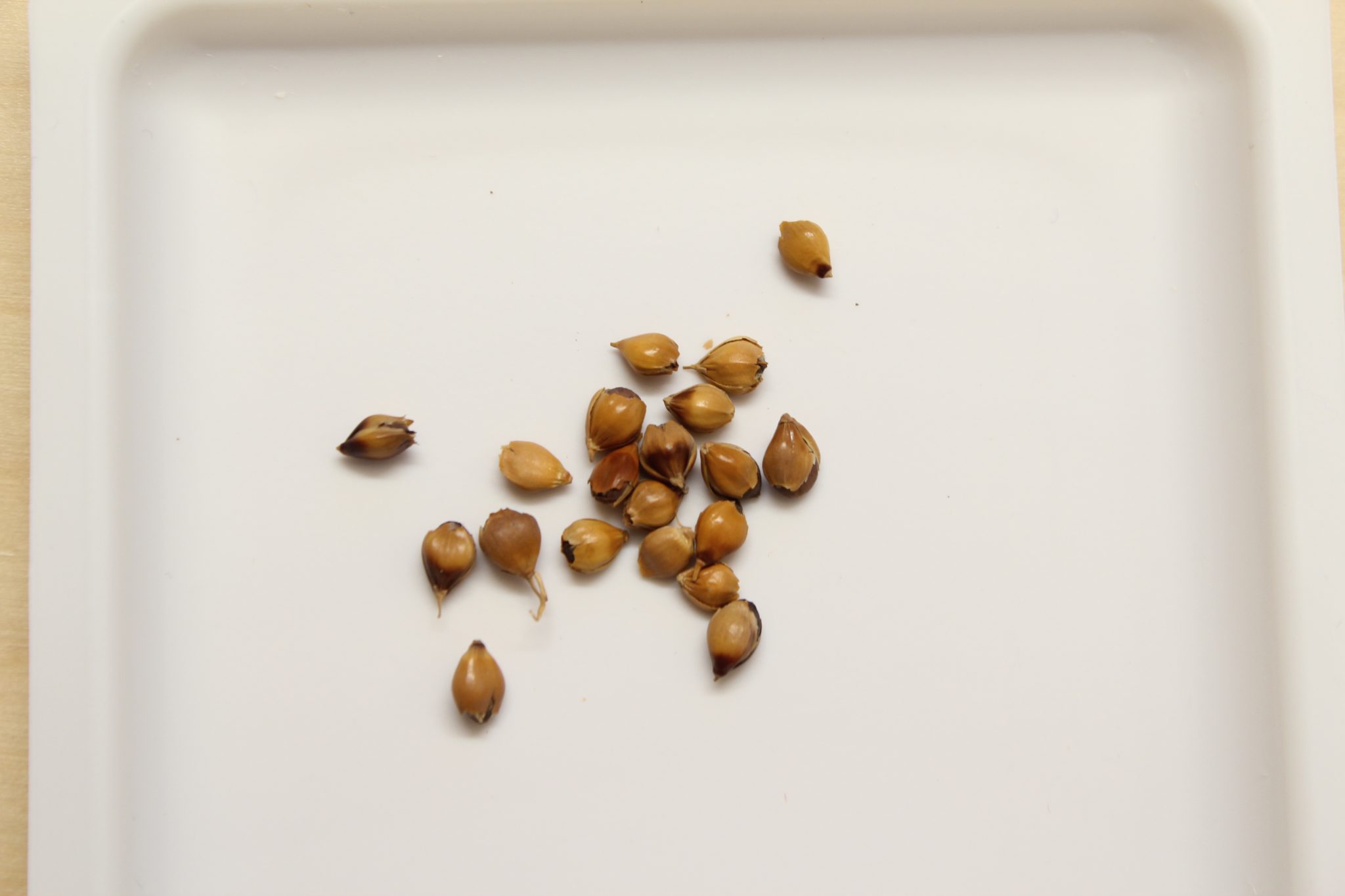
The project uses high coverage DNA sequencing whenever possible, but genome skimming can also be implemented for cost-effective low coverage genome sequence data. Plant and fungal material from different eras, geographic regions, and taxonomic groups will be selected for analysis. Several pilot projects are included such as the development of Sorghum as a crop in historical African samples, analysis of 2000 to 6000 year old agriculture produce found in Negev desert caves in Israel, and in ancient Nubian sited along the Nile in present day Sudan. However, before analyzing these old samples, extensive testing is required to determine the optimal methods to use.
“We have received material from the Evolutionary Museum in Uppsala, who have a large collection of specimens from various regions and of different ages. Some of those samples can be up to 200 years old. We also have younger materials, around 25 years old, provided by one of our research collaborators. We do testing on the younger materials first, before moving on to the older material, just to see which method works, because all plants have different biochemical properties, and there is no one kit or procedure that fits all plants”, says E-Jean Tan, research engineer at the Ancient DNA unit.
The availability of these services will benefit researchers in various fields, including archaeology, anthropology, biology, agricultural science, museums, governmental agencies, and private companies. This unique service is rare, also in an international perspective, and is expected to attract substantial interest. Data produced from this project will be disseminated through research publications or made available in public data repositories. Outreach to universities and museums, as well as other relevant organizations in Sweden will also be performed to inform about the availability of these new services.
“We are very excited about this project! That we can perform analyzes of ancient DNA on several types of material is an expansion of our services. Plants is a huge group of organisms, an extended knowledge about them that have great value both evolutionary and ecologically but also socially, for example in the development of new crop varieties. One can explore and map the past, and provide information about the present to find new varieties and crops that could be useful today or in the future, with regard to the ongoing climate change”, says Magnus Lundgren.
This technology development project is part of SciLifeLab’s efforts to increase the research infrastructure capacity to study life on our planet in different aspects, ant not just human health. The SciLifeLab Planetary Biology Capability gathers a research community addressing this type of questions. Ancient plant DNA analysis adds another dimension to biodiversity research, allowing direct analysis of change over time. Researchers will get a picture of how characteristics of individual plants and their populations have changed. Analysis of ancient plants is important to archeological research, but also has a broad biological use.

